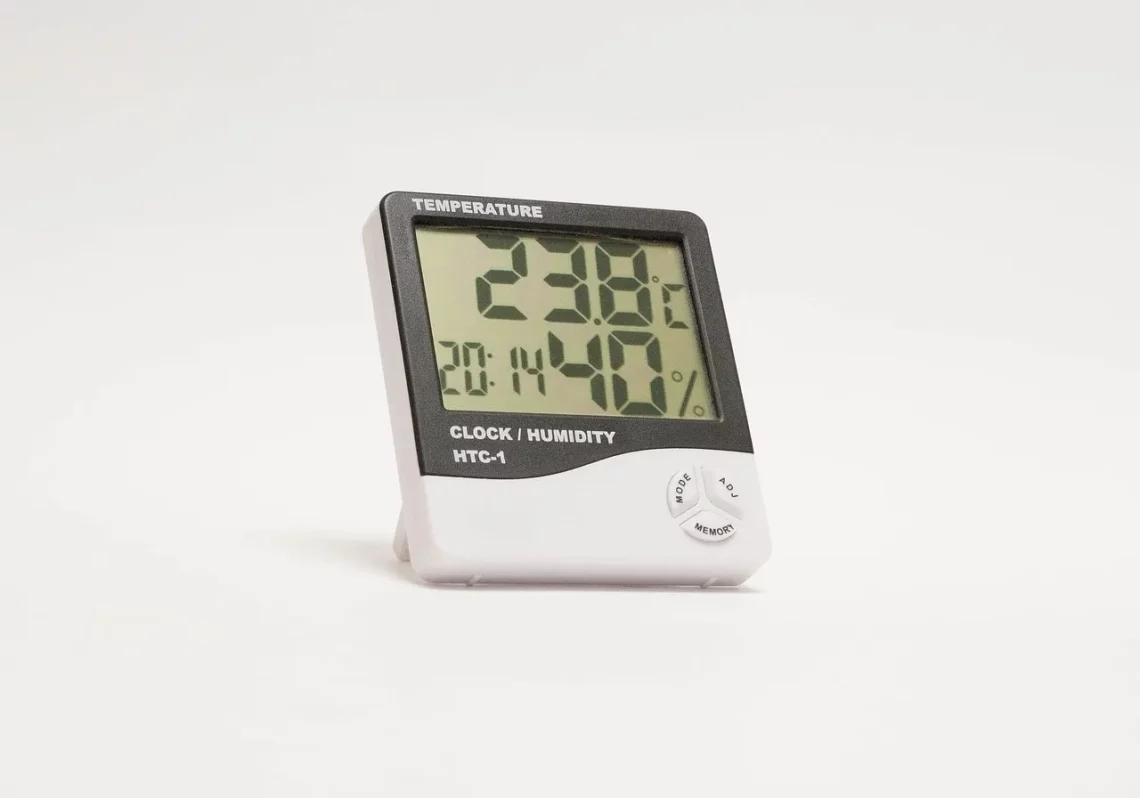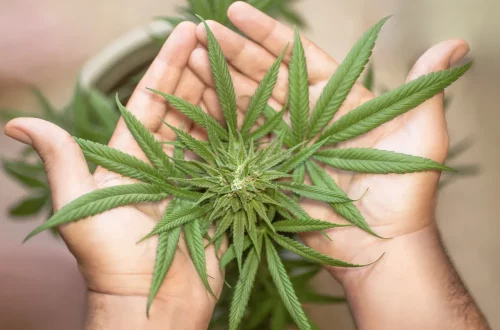
Essential Humidity Levels for Keeping Crested Geckos Healthy
Crested geckos, with their unique appearance and docile nature, have become increasingly popular as pets among reptile enthusiasts. Native to New Caledonia, these charming lizards thrive in humid environments, making humidity levels a critical factor in their care. Proper humidity not only affects their physical health but also plays a significant role in their behavior and overall well-being. When humidity levels are too low, crested geckos can suffer from dehydration, leading to a range of health issues. Conversely, excessively high humidity can foster the growth of harmful bacteria and mold, creating an equally dangerous environment.
Understanding the humidity needs of crested geckos is essential for any owner. It is important to replicate their natural habitat as closely as possible to ensure they lead healthy and stress-free lives. This involves not only maintaining appropriate humidity levels but also understanding how to monitor and adjust them effectively. In this article, we will explore the essential humidity levels needed for crested geckos, the impact of humidity on their health, and practical tips for creating an optimal environment for these fascinating creatures.
Understanding the Ideal Humidity Range
Maintaining the correct humidity level for crested geckos is crucial for their health and well-being. These lizards thrive in environments with humidity levels between 60% and 80%. This range mimics the moist, tropical climate of their native habitat, providing the necessary moisture for their skin and respiratory systems.
Humidity is vital for several reasons. First, it aids in hydration, which is essential for crested geckos, as they do not drink water in the same way that mammals do. Instead, they absorb moisture through their skin and from the food they consume. Inadequate humidity can lead to dehydration, which can cause lethargy, shedding problems, and other serious health complications.
Moreover, humidity plays an essential role in the shedding process of crested geckos. Proper humidity levels facilitate shedding, allowing the skin to come off smoothly. If the humidity is too low, geckos may experience stuck shed, which can lead to stress and potential injury. Maintaining the right humidity level is not just about comfort; it directly impacts their physical condition and quality of life.
To monitor humidity levels, owners can use hygrometers, which measure the amount of moisture in the air. It is advisable to have one in the enclosure to ensure that the humidity stays within the desired range. If the humidity levels are consistently outside this range, it may be necessary to make adjustments to the enclosure setup.
Effects of Low Humidity on Health
Low humidity can have detrimental effects on crested geckos, leading to various health issues. When humidity drops below 60%, crested geckos may begin to experience signs of dehydration. Symptoms can include sunken eyes, lethargy, and a decrease in appetite. In severe cases, dehydration can become life-threatening.
Additionally, low humidity can interfere with the shedding process. Crested geckos are known for their ability to shed their skin regularly, a process that helps them grow and maintain healthy skin. When the humidity is too low, they may struggle to shed properly, leading to retained shed on their toes and tails. This condition can cause discomfort and even restrict blood flow, resulting in more severe complications if not addressed promptly.
Low humidity can also affect the gecko’s respiratory system. As reptiles, crested geckos rely on a humid environment to keep their respiratory tracts moist. Insufficient humidity can lead to respiratory distress, manifesting as wheezing or labored breathing. If not corrected, these issues can escalate, requiring veterinary intervention.
To combat low humidity, owners can employ several strategies. Regular misting of the enclosure can help raise humidity levels. It is also essential to provide a water dish large enough for the gecko to soak in, as this can contribute to overall hydration. Additionally, incorporating live plants or moss can naturally increase humidity while also enhancing the aesthetic of the enclosure.
Risks Associated with High Humidity Levels
While maintaining adequate humidity is vital, excessive humidity can pose its own set of risks for crested geckos. When humidity levels exceed 80%, the environment can become overly saturated, creating conditions that are ripe for the growth of mold and bacteria. This can lead to skin infections and respiratory problems, which can be severe and require medical attention.
In a high-humidity environment, crested geckos may also experience stress. They require a balance of humidity and air circulation to feel secure in their habitat. When the air is too humid, it can create a stagnant environment, which may lead to anxiety and abnormal behavior. Stress can manifest in several ways, including hiding, loss of appetite, and aggression.
Furthermore, excess humidity can complicate the shedding process. Just as low humidity can lead to retained shed, too much moisture can cause the skin to become overly soft and difficult to shed. This can lead to incomplete shedding, creating a host of problems for the gecko.
To mitigate the risks associated with high humidity, it is crucial to monitor the enclosure regularly. Using a hygrometer can help ensure that humidity levels remain within a safe range. If humidity is too high, it may be necessary to increase ventilation by adding more air holes to the enclosure. Reducing misting frequency and ensuring that the substrate is not overly saturated can also help lower humidity levels.
Maintaining Optimal Humidity: Practical Tips
Creating and maintaining the ideal humidity for crested geckos involves a combination of techniques and tools. Here are some practical tips to help ensure that your gecko’s environment remains within the healthy humidity range.
First, invest in a reliable hygrometer to keep track of humidity levels in the enclosure. This will allow you to make informed decisions about adjustments needed to maintain the desired range.
Next, consider the substrate you use in the enclosure. Natural substrates, such as coconut fiber or moss, can retain moisture and contribute to humidity levels. However, it’s essential to monitor the dampness of these materials, as overly wet substrates can lead to high humidity.
Misting is another effective method for raising humidity. Regularly mist the enclosure, especially in the evening, as crested geckos are nocturnal and more active during this time. Ensure that you do not overdo it; a light misting that allows the enclosure to dry somewhat during the day is ideal.
Adding a water dish is also crucial, not just for drinking but for soaking. A shallow bowl of clean water can help maintain humidity levels and provide hydration. Ensure that the water is changed regularly to prevent bacterial growth.
Lastly, consider using live plants in the enclosure. They not only help with humidity but also create a more natural and enriching environment for your crested gecko. Ensure that the plants are safe and non-toxic to reptiles.
In conclusion, maintaining the right humidity levels for crested geckos is essential for their health and happiness. By understanding their needs and implementing effective strategies, owners can create a thriving habitat that mirrors their natural environment.
*This article is not intended as medical advice. For any health concerns regarding your crested gecko, please consult a qualified veterinarian.*




